Answered step by step
Verified Expert Solution
Question
1 Approved Answer
Calculate the equilibrium constant at 298K for each of the following equilibria. Possibly useful standard molar free energies of formation (kJ/mol) : CH4(g)50.5,H2O(l)237.1,CO(g)137.2,NH3(g)16.4,NO(g)87.6,SnO2(s)515.8,Fe3O4(s)1015.4.R=8.3145J/(molK). CH4(g)+H2O(l)CO(g)+3H2(g) 4NH3(g)+5O2(g)4NO(g)+6H2O(l)

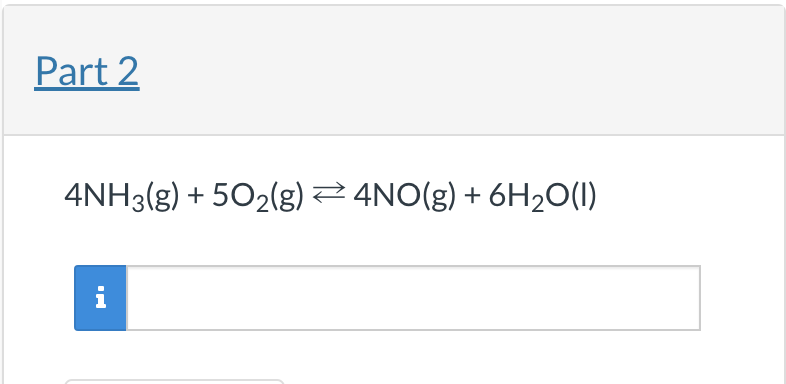
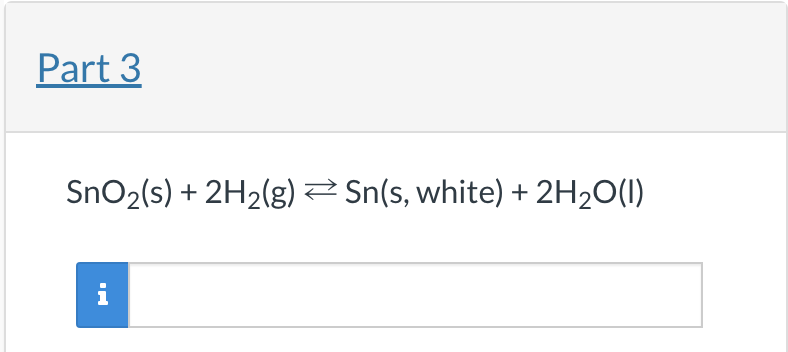
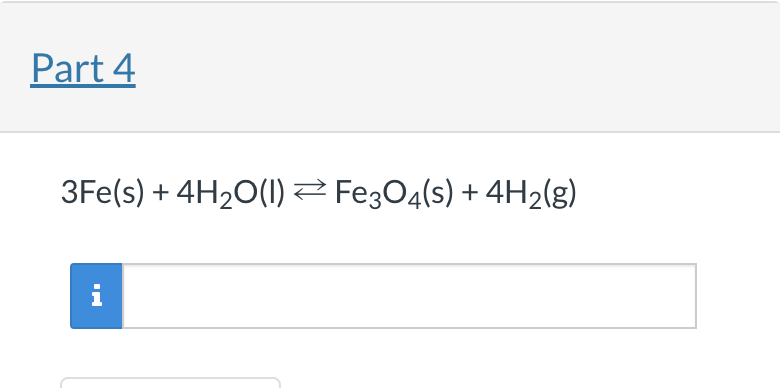
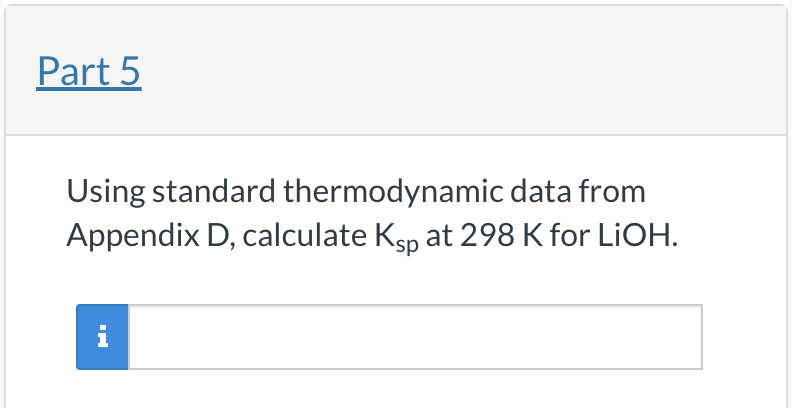


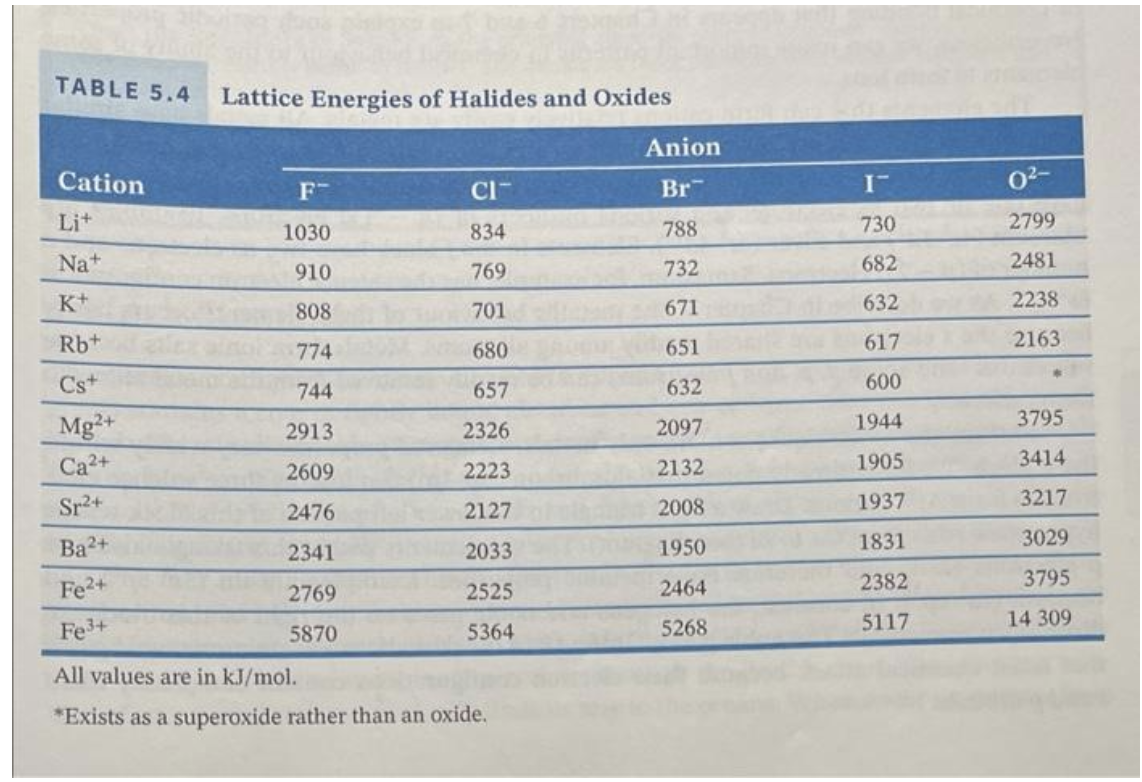
Step by Step Solution
There are 3 Steps involved in it
Step: 1

Get Instant Access to Expert-Tailored Solutions
See step-by-step solutions with expert insights and AI powered tools for academic success
Step: 2

Step: 3

Ace Your Homework with AI
Get the answers you need in no time with our AI-driven, step-by-step assistance
Get Started


